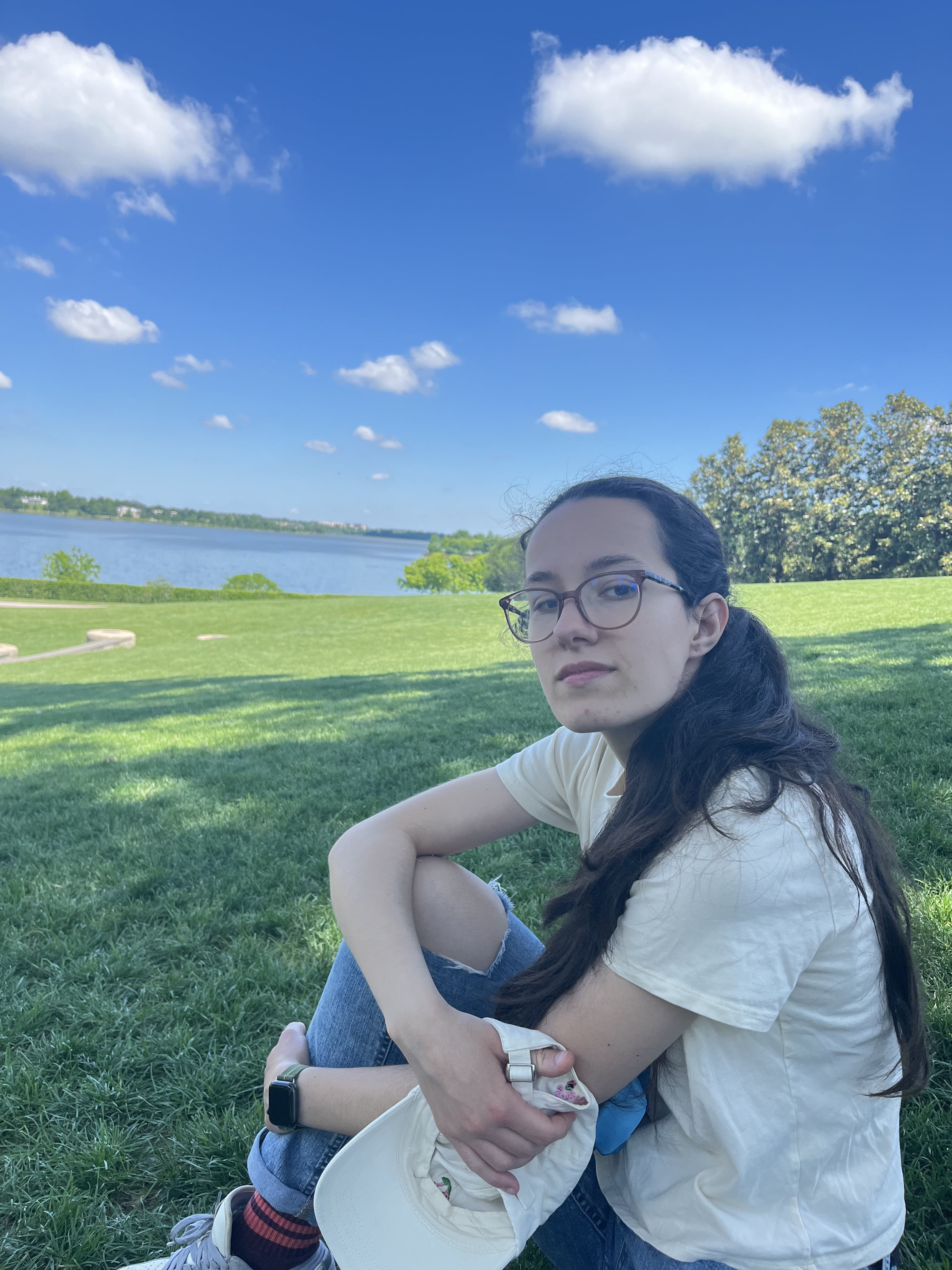A city of space-time
A city of space-time
The city of Drianta looks like a spider, its body dense with neighborhoods spun together by winding streets. If you look closely at its upper back, you’ll find the one I grew up in. Depending on who you ask, it’s either named after a former partisan soldier or simply “the Former Fridge,” a relic of what it used to be. Today, the fridge is just a storage facility. Drianta, fifty years younger, must have looked very different, but to my eyes, our neighborhood never resembled a fridge. Instead, it was a collection of two-story houses, shaped not by planning laws but by some unspoken principle that made them all look the same: two stories, brownish roof tiles over white-painted walls, a plushie at the entrance for good luck.
It’s hard to say where Ex-Fridge starts and where its neighboring districts end. Few places in Drianta have defined boundaries. Instead, our neighborhood bled into “Hospital Street” and “Ex-Train Station,” merging in people’s minds into a single, shifting mass. Over time, these districts split and reformed, drifting apart or inching closer to the city center. Faced with these changes, people tried to hold on to the Drianta they knew, mapping it with landmarks that no longer existed, recycled street names, vaguely remembered directions based on buildings that had vanished generations ago. If you ask them, they’ll tell you Drianta is still called Tirana. But maybe the name doesn’t matter. What matters is that there are two cities: Drianta as it exists and Drianta as it lives in people’s heads. They move at different speeds, one racing forward, impatient for a future it can’t quite grasp, the other lagging slightly behind, unbothered by the rush.
At some point, the idea of the city multiplies, fracturing into personal versions. My version, for instance, contains two pharmacies, a stationery store, two grocery stores, two hairdressers, a hotel, a tailor working out of her garage. It holds my neighborhood friends, my less-than-friends, a cat, a litter of kittens, a lizard, the scent of early spring flowers. The more I explored, the smaller it seemed to become. Like all its siblings in the world, Drianta has no fixed size. The more you walk through it, the more it shrinks (or your mind expands to hold it). But take an unfamiliar turn, a street you’ve never walked before, and suddenly it’s vast again, your senses struggling to keep up. A city is never just one place. It is the sum of all the ways you have known it and all the ways it continues to elude you.
